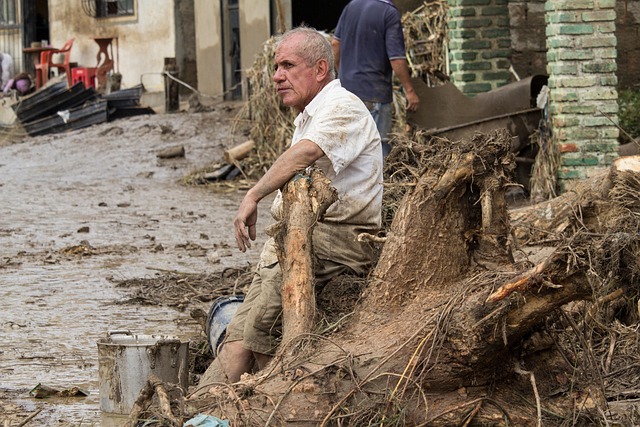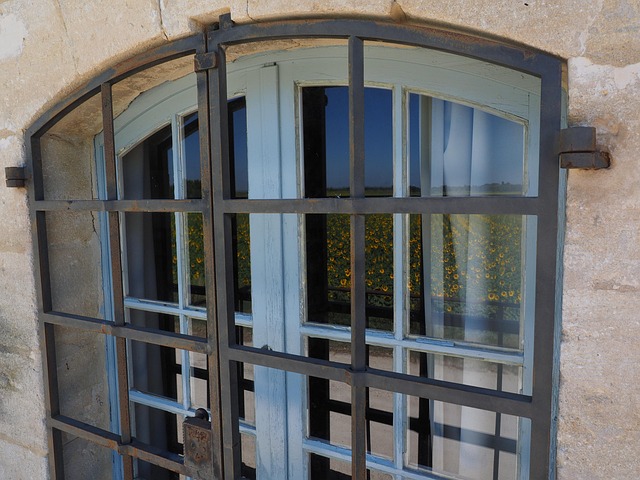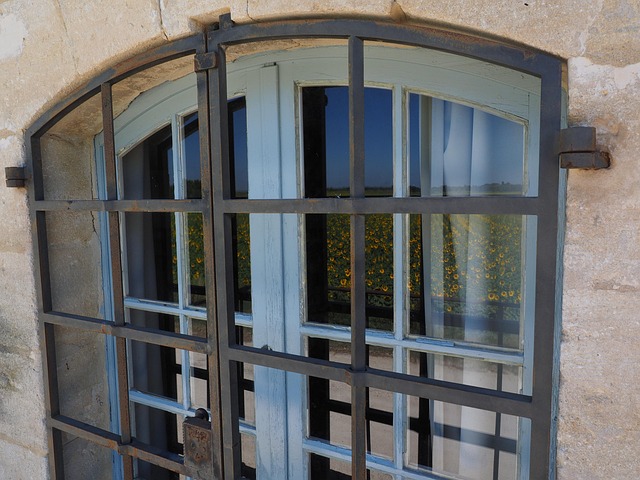Evaluating flood risk is vital for real estate stakeholders to protect properties and investments. This involves analyzing historical data, local hazards, and weather patterns using advanced tools. Choosing robust flood barriers made of durable materials ensures building resilience against water damage. Similarly, strengthening roofs with impact-resistant tiles and proper maintenance enhances structural integrity, increases property value, and attracts buyers in flood-prone areas.
In the face of increasing climate variability, protecting real estate properties from flooding is more crucial than ever. This comprehensive guide explores two essential components of flood preparedness: installing robust flood barriers and reinforcing roofing systems. By assessing your property’s flood risk, selecting appropriate barriers, and implementing sturdy roofs, you can significantly mitigate water damage and safeguard your investment in the ever-changing real estate market.
Assessing Flood Risk in Real Estate Properties

Assessing flood risk is a vital step for any homeowner or real estate investor looking to protect their property and investments. In the world of real estate, understanding potential hazards like flooding can make all the difference in making informed decisions. It’s essential to note that many factors contribute to a property’s susceptibility to floods, including its location, topography, and proximity to water bodies.
Before installing flood barriers or sturdy roofing, it’s crucial to conduct a thorough assessment of the area’s historical flooding data, current weather patterns, and local drainage systems. This process involves reviewing past incidents, consulting with experts, and sometimes utilizing advanced technologies like satellite imagery and geospatial mapping tools. By evaluating these factors, homeowners and real estate professionals can identify high-risk zones and implement appropriate measures to mitigate potential losses.
Choosing and Installing Effective Flood Barriers

When considering flood protection for your property, choosing the right barriers is paramount. Effective flood barriers should be designed to withstand high water pressures and be installed correctly to provide maximum safety. In the real estate sector, investing in sturdy roofing and robust flood barriers can significantly enhance a property’s resilience against natural disasters. Look for barriers made from strong materials like steel or concrete, ensuring they meet industry standards for durability.
During installation, proper planning is key. Barriers should be placed strategically to divert water away from buildings. Consider the elevation of your property and surrounding terrain. Professional guidance can be invaluable; experts can assess your site and recommend suitable barrier systems tailored to local flood risks. This proactive approach not only protects valuable real estate but also prevents potential losses caused by flooding.
Strengthening Roofs Against Water Damage

In the face of extreme weather events, strengthening roofs against water damage is a top priority for any homeowner or real estate investor. Sturdy roofing systems are an essential defense mechanism, acting as the first line of protection against heavy rainfall and potential floods. Investing in high-quality, impact-resistant materials such as metal or concrete tiles can significantly reduce the risk of leaks and structural vulnerabilities.
Regular maintenance plays a crucial role in this process. Ensuring proper drainage systems, inspecting for loose or damaged shingles, and addressing clogs promptly are all part of proactive roof care. These measures not only enhance the longevity of the roofing structure but also contribute to the overall value of real estate properties, making them more resilient and attractive to potential buyers in flood-prone areas.






